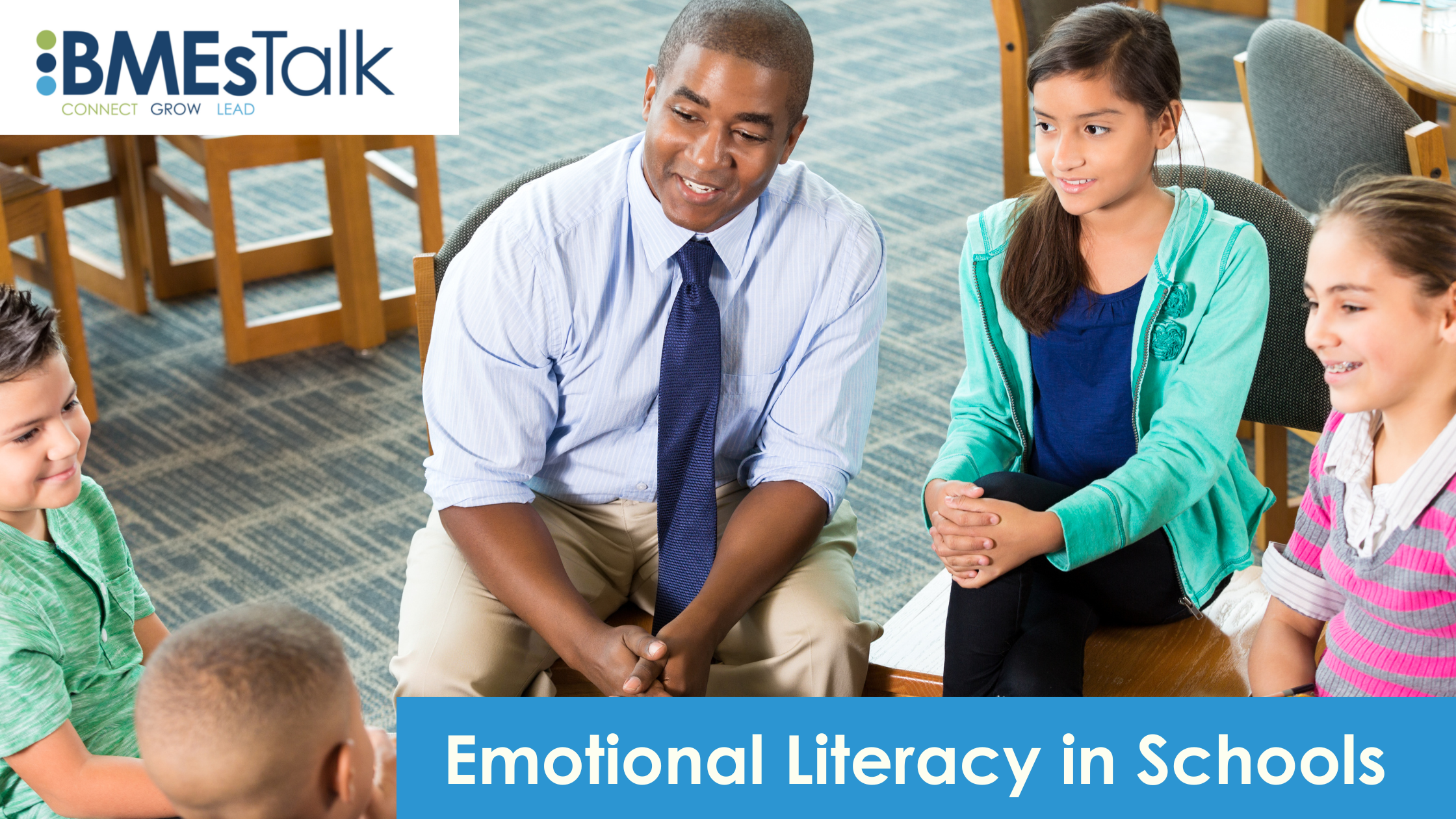Success in education looks different all over the world. It’s goal oriented, so the manner of teaching children to read, write, or do math may be different.
But at its heart, education is intended to build a robust foundation for success later in life. Education prepares children to lead a purposeful life and become a productive member of society.
Children need to learn the basics of reading, writing, and math, among other subjects. These skills are necessary for virtually every aspect of life – whether they attend college or not – from applying for a loan to applying for a job.
Early education is a predictor of success, but one of the highest predictors of job performance is not experience, education, or intelligence – it’s emotional literacy.
What Is Emotional Literacy?
Emotional literacy is the ability to identify, understand, and respond to emotions in oneself and others in a healthy way. Also known as emotional intelligence, emotional literacy is the foundation of our ability to interact with one another and show empathy.
Children with emotional literacy display several characteristics, including:
- Less conflict
- A high tolerance for frustration
- Comfort being alone
- Fewer self-destructive behaviors
- Greater academic potential and achievement
- Better focus with tasks and control of internal impulses
When learned at a young age, children have a solid foundation to prepare for the work and social pressures of adolescence as they transition into young adults. They can continue and hone these skills throughout middle school, high school, and college (if pursued) to become more valuable as employees and leaders.
How Can Children Learn Emotional Literacy?
The ability to understand and label emotions is a developmental skill, not an innate one. There are variations in how well children can read, write, label letters, and understand arithmetic, and likewise, some children’s ability to identify, understand, and label emotions develops differently.
Several variables determine a child’s ability to label emotions, including their temperament and developmental status, their socialization and environmental support, their teacher and care providers’ emphasis on emotional literacy.
How Can Educators Help?
Adults and their interactions are a key component of cultivating emotional literacy in children. Here are some strategies:
- Expressing feelings: Adults should have healthy emotional expressions modeled by adults, including educators. For example, a teacher may knock over a cup of pencils and say “Well, that’s frustrating. I suppose I should clean it up.” Talking about feelings aloud can help children learn to identify emotions and respond to them.
- Labeling children’s feelings: Similar to expressing and naming feelings themselves, adults can assign names to children’s emotional expressions to help their vocabulary expand. For example, if a child is disappointed about a grade, the teacher may say “You look a little disappointed about that grade.” As children learn the vocabulary surrounding their emotions, they’ll learn to identify the feelings in themselves and others.
- Games, songs, and stories: These tools are helpful for building vocabularies around emotions. Educators should get creative to find new opportunities with common songs and games, such as turning charades into “emotion charades” and asking children to make emotional faces and have others guess at the feeling.
Develop Emotional Literacy in the Classroom
Math and reading are important, but emotional literacy shouldn’t take a backburner to these skills. The ultimate foundation for a successful future is emotional awareness and literacy, which comes from carefully cultivated skills.


